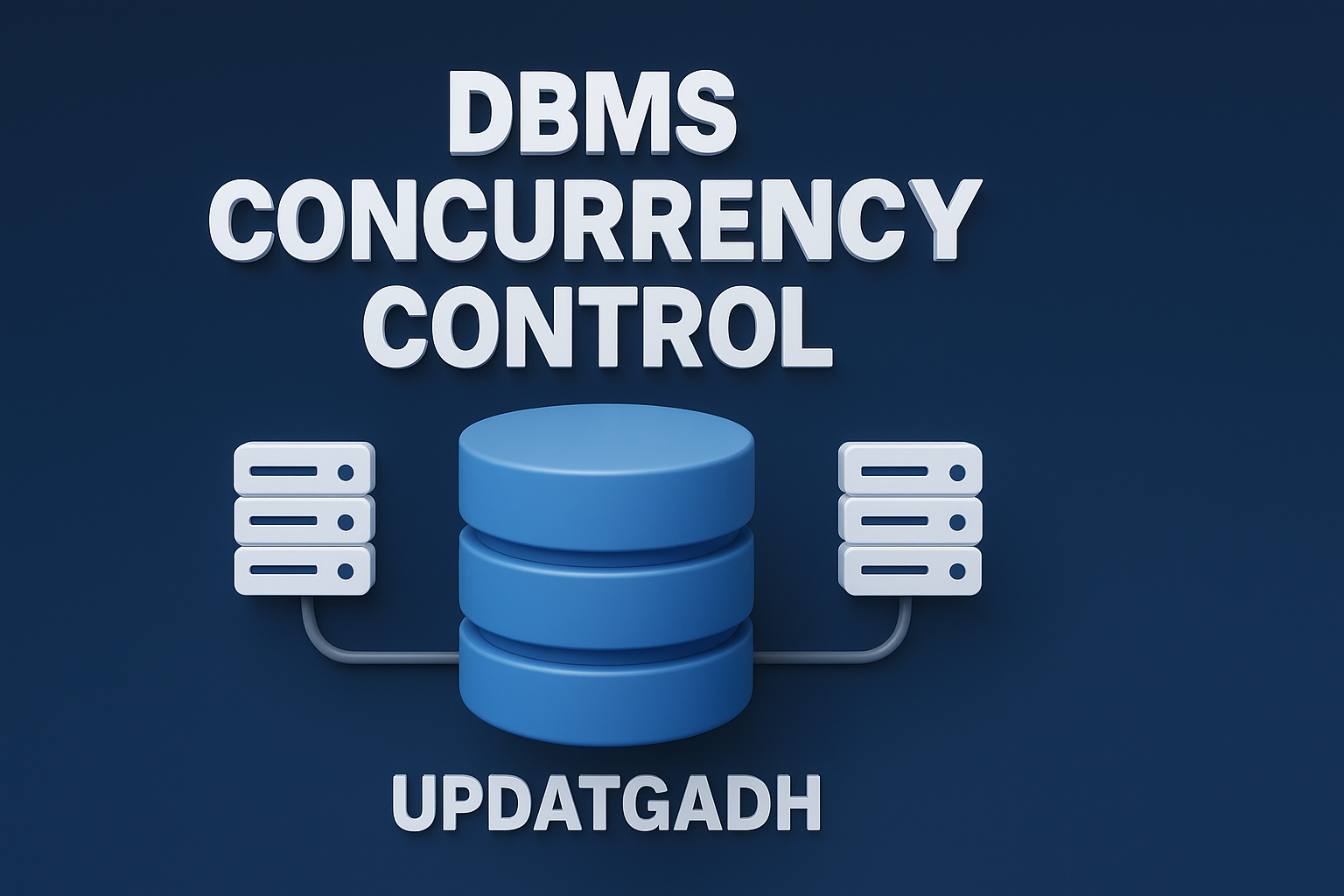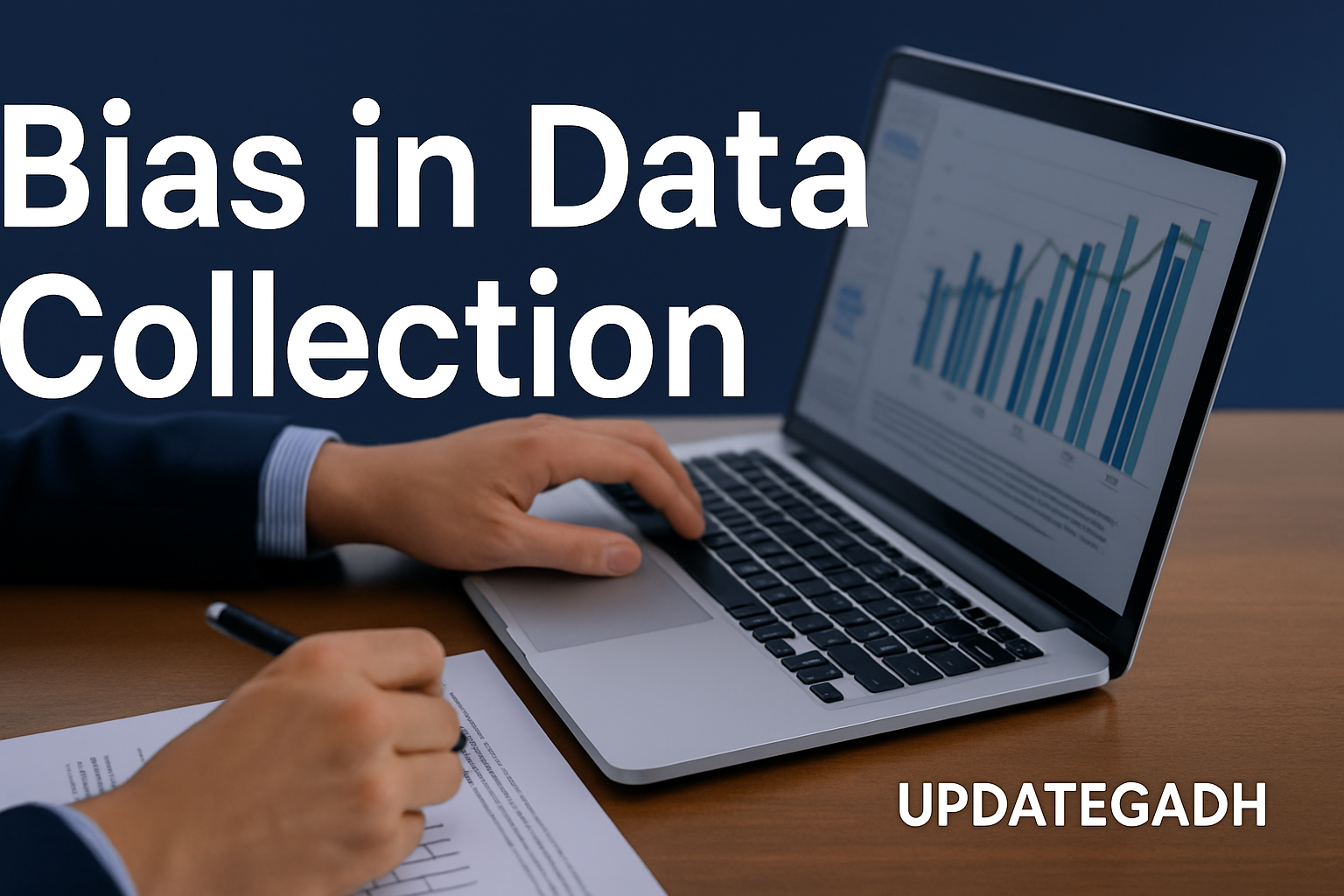
Calculus in Data Science and its Uses
Calculus in Data Science and its Uses
Introduction
Calculus is the numerical backbone of data science, offering essential tools to understand, interpret, and manipulate the complex relationships within large datasets. At its core, calculus is built around two fundamental concepts—derivatives and integrals.
The way a function evolves as its input varies is measured by derivatives. This is particularly helpful in evaluating model sensitivity and solving optimization problems. On the other hand, integrals help sum values across a range, making them indispensable in tasks like analyzing time series or computing overall trends.
Together, these concepts empower data scientists to optimize algorithms, improve predictions, and better understand the behavior of data across various dimensions.
Complete Python Course with Advance topics:-Click Here
SQL Tutorial :-Click Here
Machine Learning Tutorial:-Click Here
Applications of Calculus in Data Science
1. Optimizing Machine Learning Models
Calculus is central to optimization techniques like gradient descent, which uses derivatives to adjust model parameters and minimize error or loss functions. This is crucial for training AI models and achieving better accuracy.
2. Understanding Change and Trends
Derivatives help in measuring rate of change, which is vital for understanding how one variable affects another. This becomes especially useful when identifying outliers, analyzing sudden shifts in data, or tracking growth rates.
3. Model Sensitivity Analysis
Data scientists can use derivatives to assess how responsive a model’s output is to input changes. This helps in improving the reliability of predictive models and refining their features.
4. Time Series Forecasting
In time-dependent data, such as financial or climate data, derivatives assist in spotting patterns and anomalies. They help track and interpret subtle trends that might influence decision-making over time.
5. Image Processing and Computer Vision
Calculus techniques, especially derivatives, are used to detect edges and shapes in images. These insights are critical in tasks like facial recognition, object detection, and image segmentation.
Key Calculus Techniques Used in Data Science
- Derivatives
Use: Analyze rates of change and improve optimization algorithms. - Multiple Integrals
Use: Handle multi-dimensional data in areas like computer vision and simulations. - Optimization Techniques
Use: To train models, use calculus-driven techniques such as gradient descent. - Differential Equations
Use: Model dynamic systems and predict behavior over time (common in time series and simulations). - Taylor Series Expansion
Use: Approximate complex functions to simplify computations in machine learning. - Numerical Methods
Use: Apply numerical integration and differentiation when analytical solutions are not feasible. - Functional Analysis
Use: Examine functions in high-dimensional vector spaces for deeper mathematical insights. - Fourier Analysis
Use: Break down complex signals for feature extraction in fields like signal processing and NLP.
Real-World Case Studies
📺 Netflix Recommendation System
Netflix uses calculus in its recommendation algorithm to adjust model weights based on user interactions, improving accuracy in predicting user preferences.
🌐 Google PageRank Algorithm
PageRank applies derivatives to assess the importance of webpages by iteratively analyzing link structures and calculating optimal ranks.
🚗 Uber’s Surge Pricing
Uber leverages real-time derivatives to adjust fares dynamically. This helps balance demand and supply by incentivizing drivers during peak hours.
🏥 Predictive Healthcare Analytics
Calculus is used to monitor changes in patient health metrics, forecast disease progression, and support better clinical decisions using predictive modeling.
🌦 Climate Forecasting
Integrals and derivatives help climate scientists analyze atmospheric data and identify patterns, aiding in the prediction of extreme weather conditions.
📉 Stock Price Prediction
In finance, derivatives are used to assess market volatility and model pricing in options trading, supporting better risk assessment and investment strategies.
Download New Real Time Projects :-Click here
Complete Advance AI topics:- CLICK HERE
Conclusion
Calculus is more than just an academic concept—it’s a powerful tool that drives the most advanced data science applications today. From optimizing machine learning models to understanding long-term climate trends, the role of derivatives and integrals in data science cannot be overstated.
As data science continues to evolve, a strong grasp of calculus will remain an essential skill for professionals looking to solve complex problems and build intelligent, data-driven solutions.
Written by Updategadh Tech Desk
Stay updated with the latest in data science, AI, and analytics.
calculus for data science pdf
calculus for data science book
calculus topics for data science
why is calculus important in data science?
calculus and linear algebra for data scientists
calculus of machine learning
differential equations in data science
multivariable calculus for data science










Post Comment